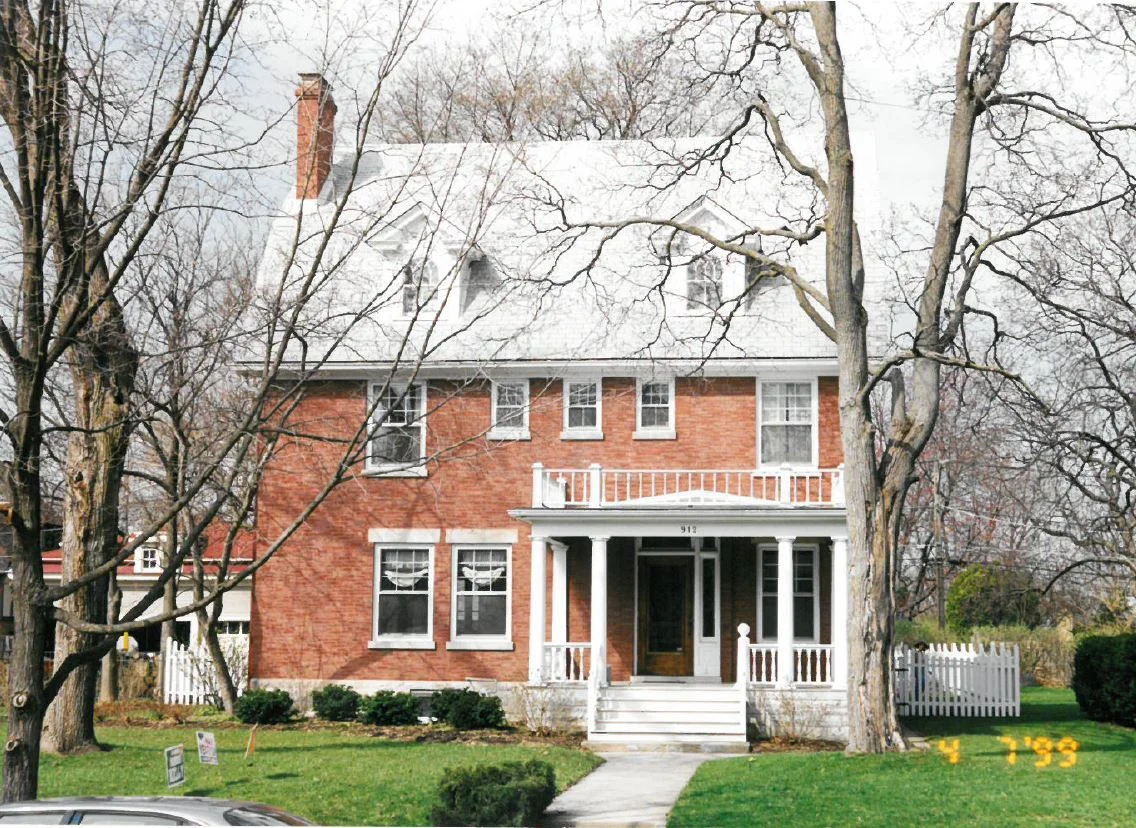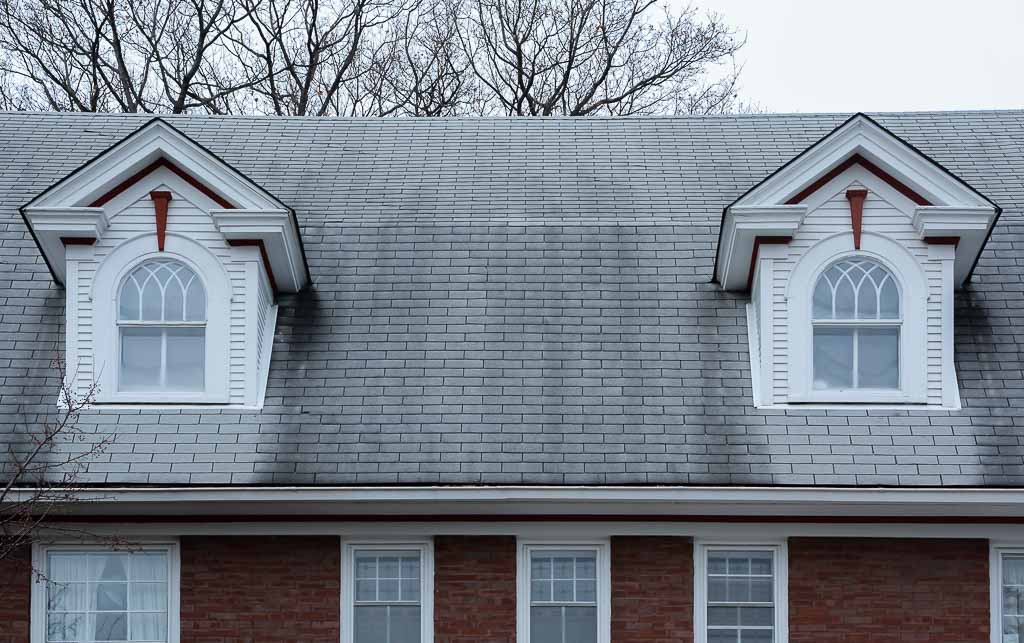912 DOUGLAS AVENUE
HISTORIC SIGNIFICANCE
In August 1908, the Elgin Daily Courier, wrote an article outlining some of the money going into building projects in the city. In the article, they write that a two-story frame house was to built for the price of $6,000. The property was purchased by Elizabeth and Edward Cutter earlier in the year. A September issue of another paper, the Elgin Advocate, indicated that the home would be completed in April at an increased price tag of $9,000. This home became 912 Douglas.
Edward operated and managed the Cutter and Crossette Shirt Factory on N. Liberty Street between Slade Avenue and Page Street. The Cutters were married in 1905 in Covington, Kentucky before moving north to Illinois. Elizabeth and Edward lived together in the home until Edward’s death in 1956. Three years later, Elizabeth sold the home to local real estate agent Paul Born.
Born used the house as a rental property until 1972, when he sold 912 Douglas to Donald Lloyd. Lloyd quickly turned around and sold the house, starting a long chain of brief ownership.
ARCHITECTURAL SIGNIFICANCE
Situated in the Spring-Douglas National Register Historic District, 912 Douglas Avenue is a large, two and one-half storied, brick home with a rectangular floor plan. It is a fine example of the Dutch Colonial Revival with key stylistic features indicative of the style including the pronounce portico, Doric columns and gambrel roof.
TIMELINE OF PREVIOUS OWNERS
Sources: 1999 Heritage Plaque Application; Audio: TextAloud






